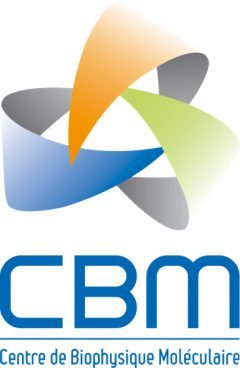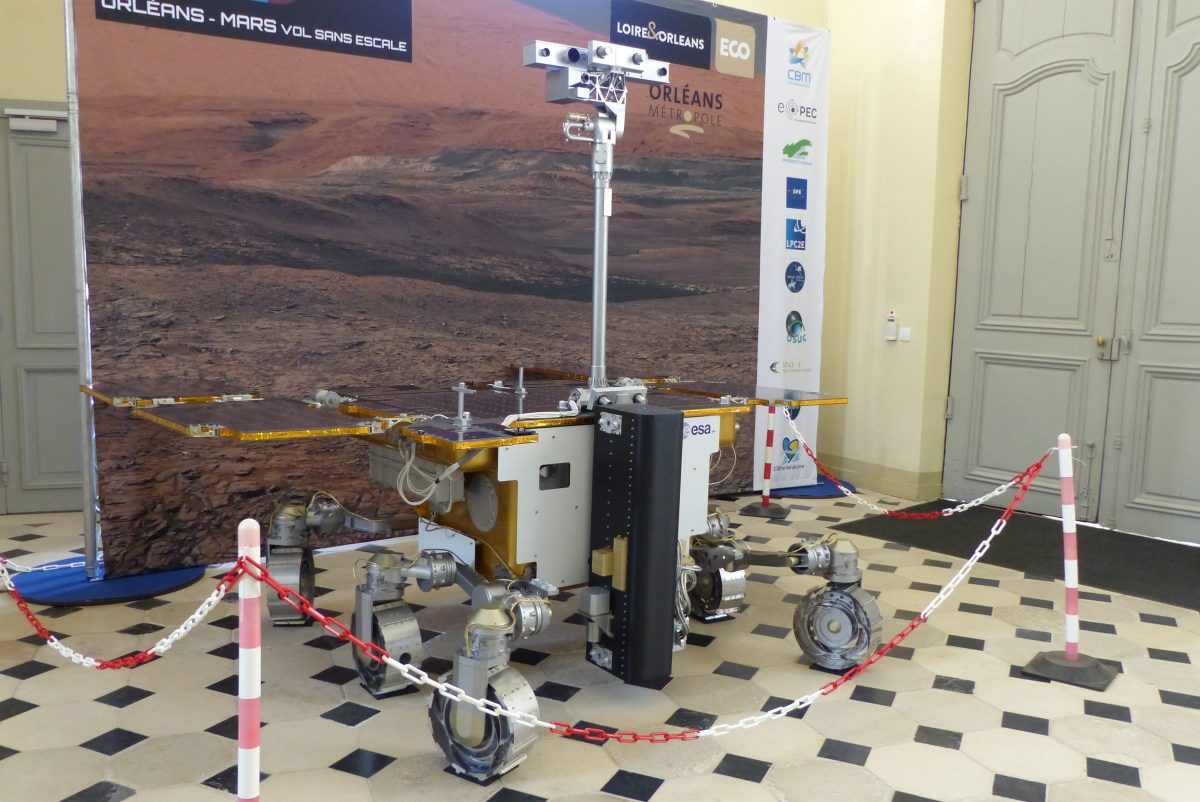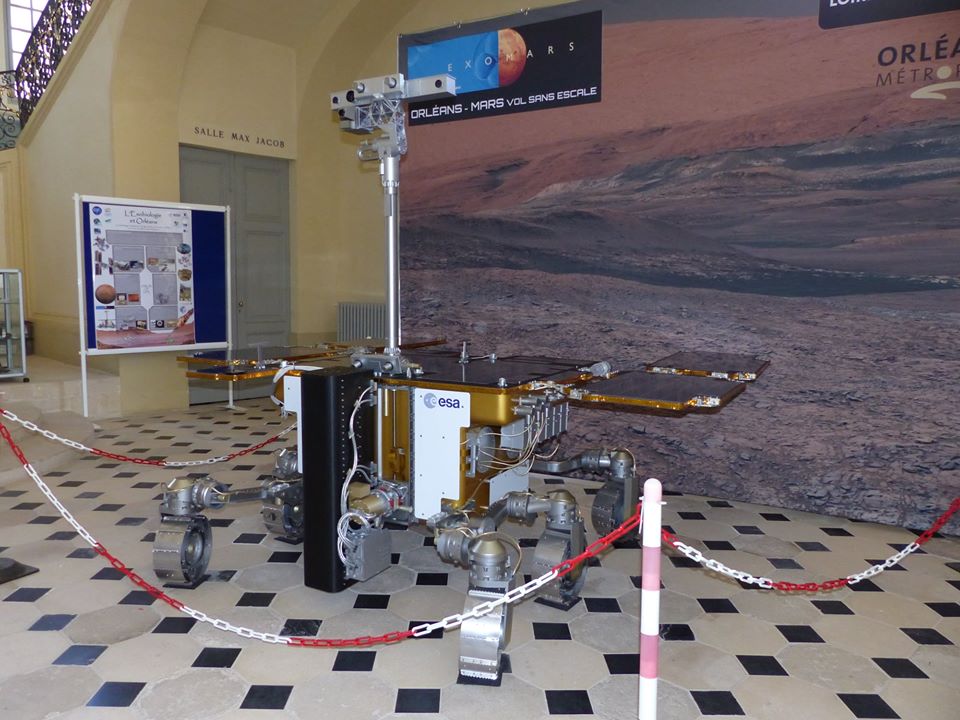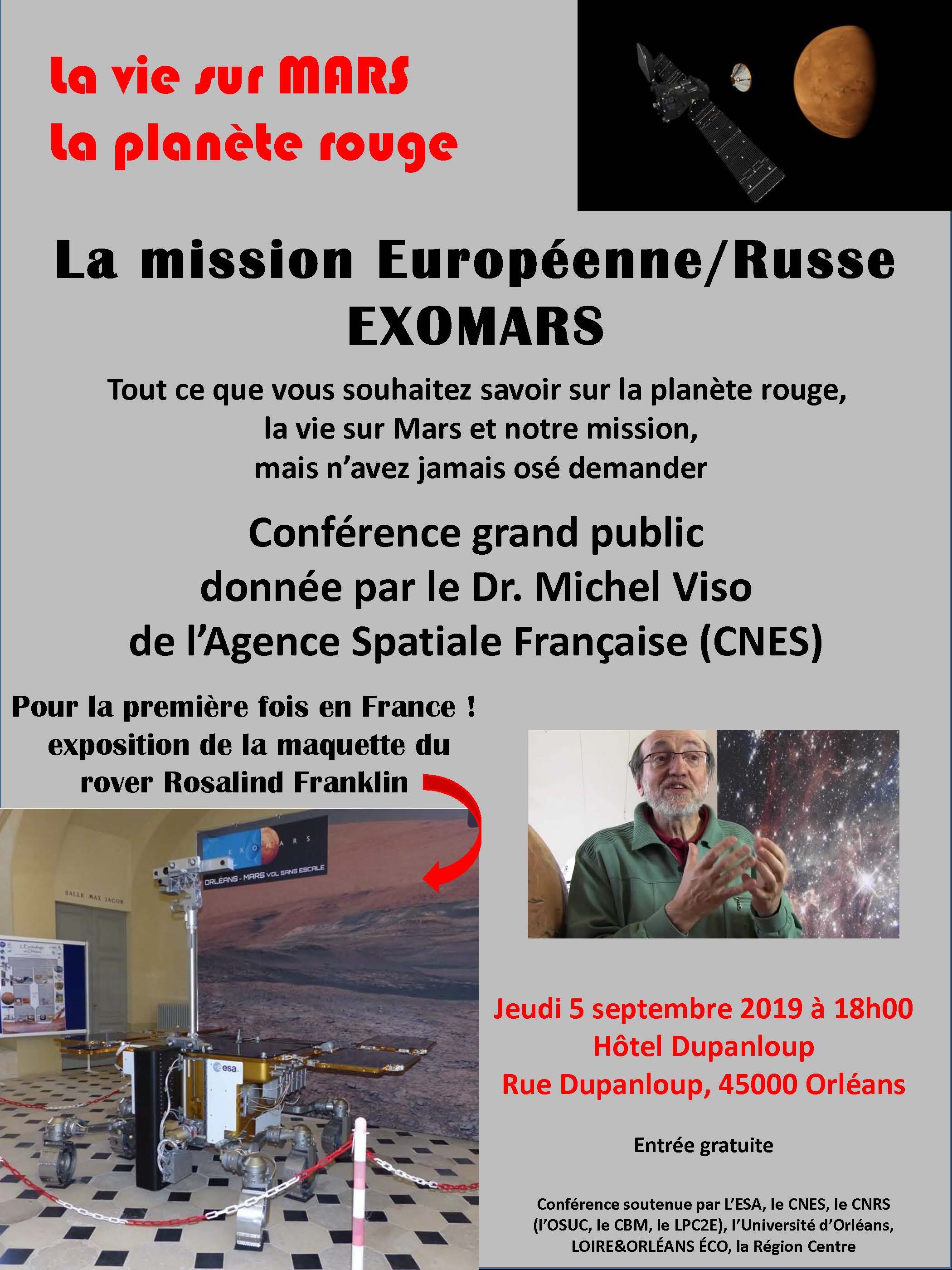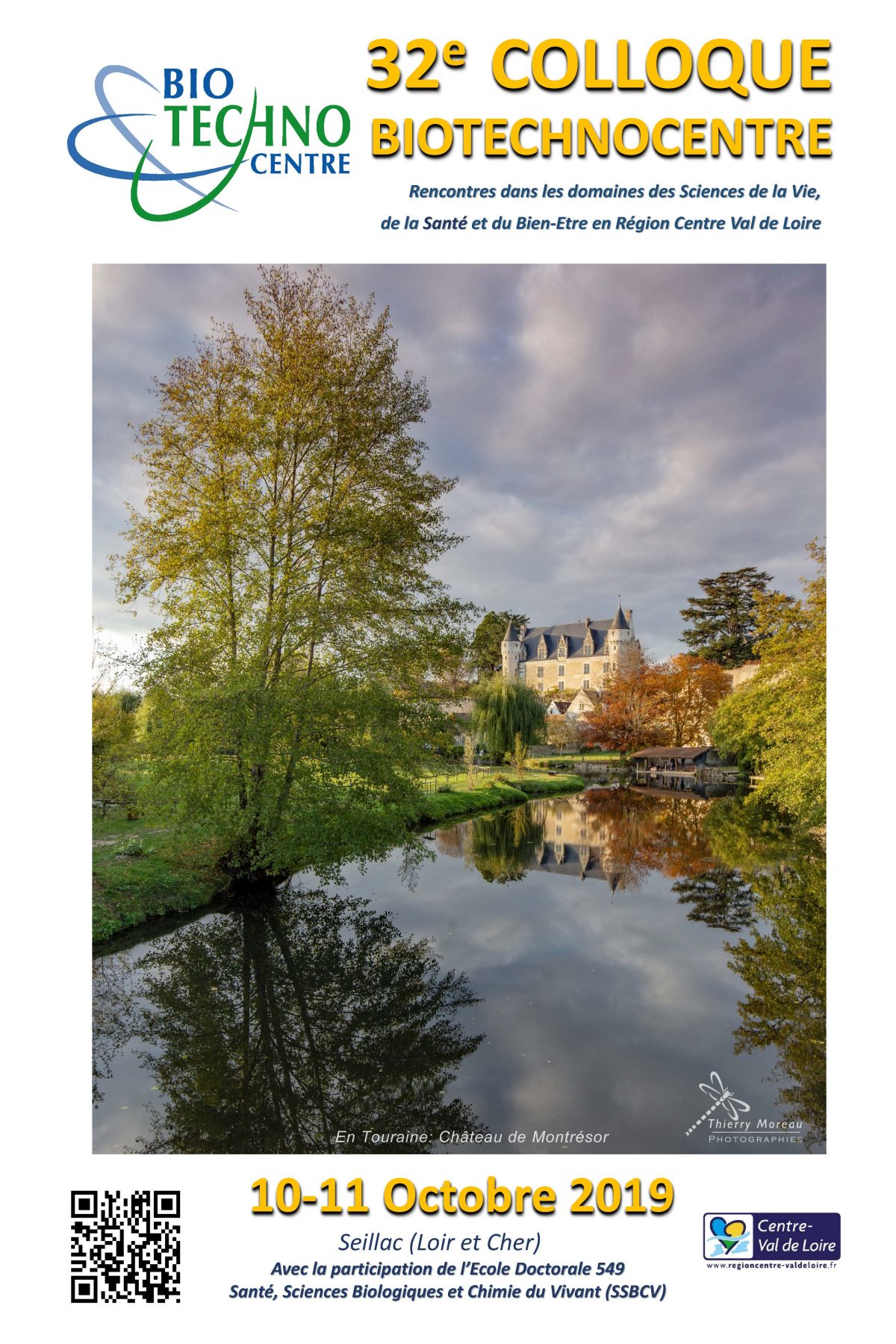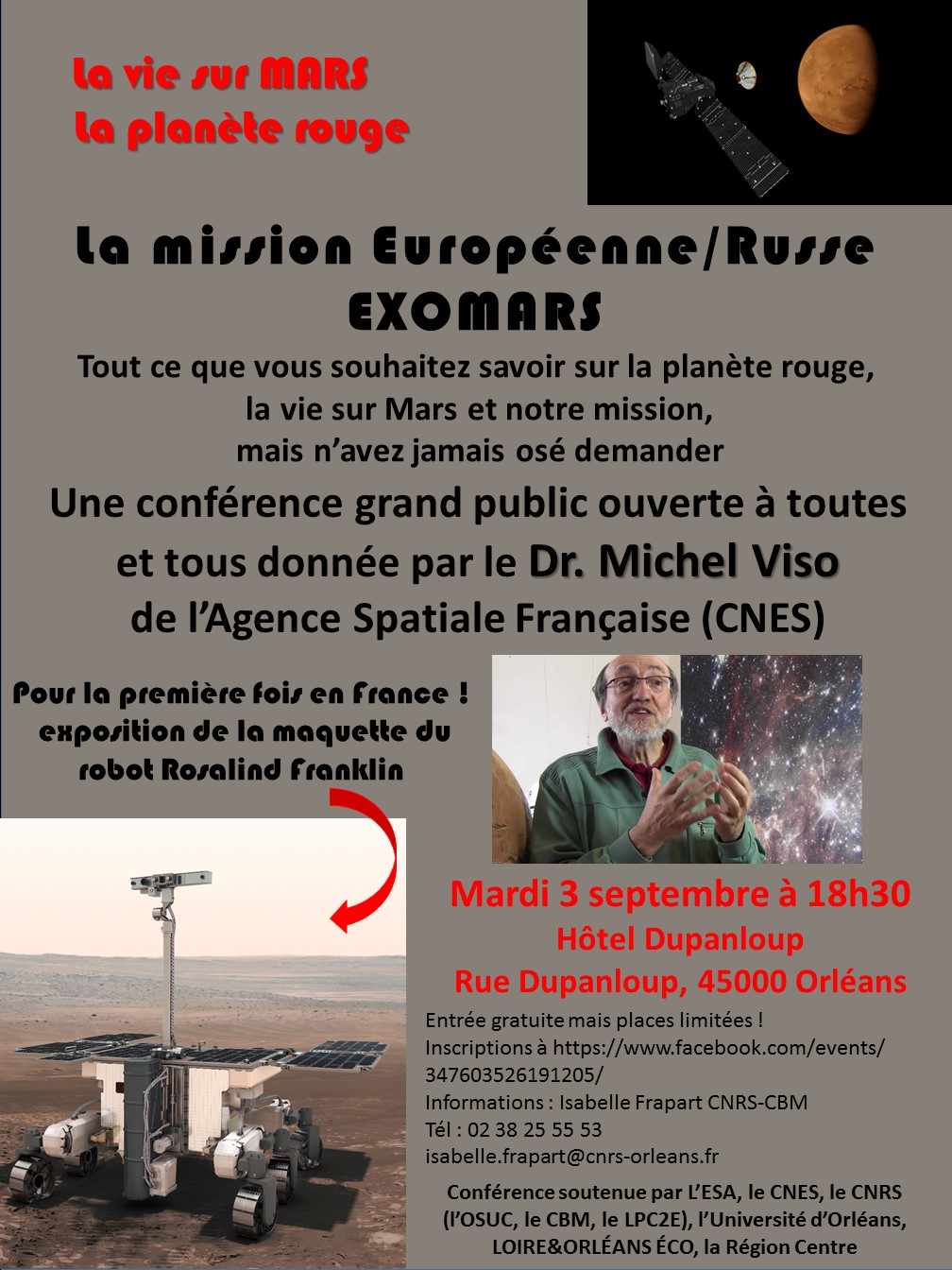| The 13th international workshop edition will focus on the latest advances in imaging techniques: PET, SPECT, MRI, US, Infra-red Bioluminescence, Fluorescence, Photoacoustic, CyTof Imaging, Microscopy, Spectroscopy and Raman Imaging.
It aims to address innovative developments in chemistry (synthesis of tracers, chelates, contrast agents, fluorescent probes, etc.), biology (identification of new tumour targets, etc.) and physics (instrumentation, methodological aspects of image analysis, radiomics ...) The workshop will confront the points of view and problems of the various disciplines, Chemistry, Biology, Physics, Medicine, working for the development of imaging in Oncology. Overview lectures will be given by experts in the different scientific fields targeted by the workshop. A number of selected oral presentations given by young researchers will complete the different scientific sessions. This workshop aims at sharing scientific results and at facilitating exchanges between experienced and young researchers in a fast advancing field. The place of the congress was chosen in order to stimulate intense discussions between young and senior scientists. |
